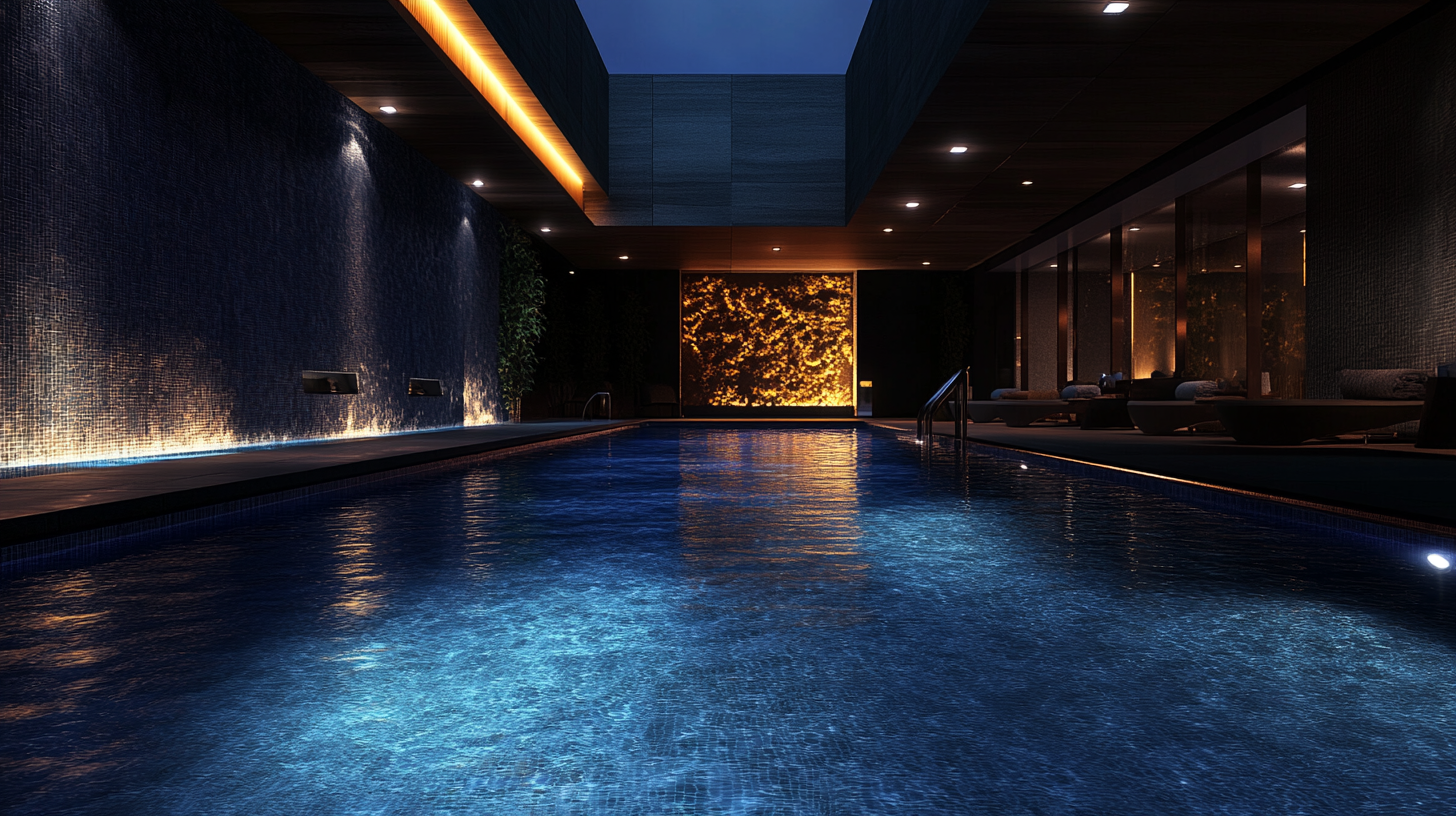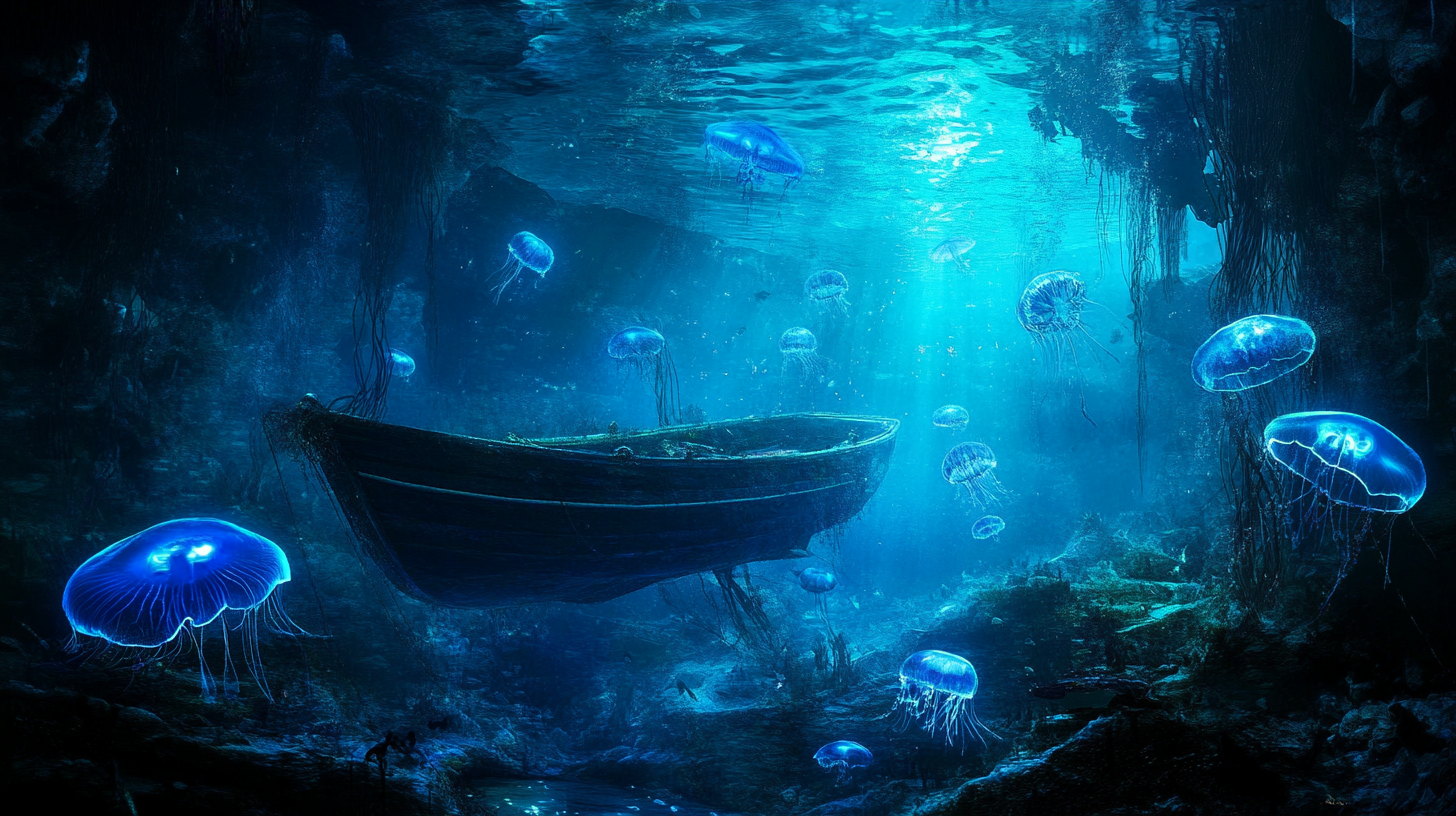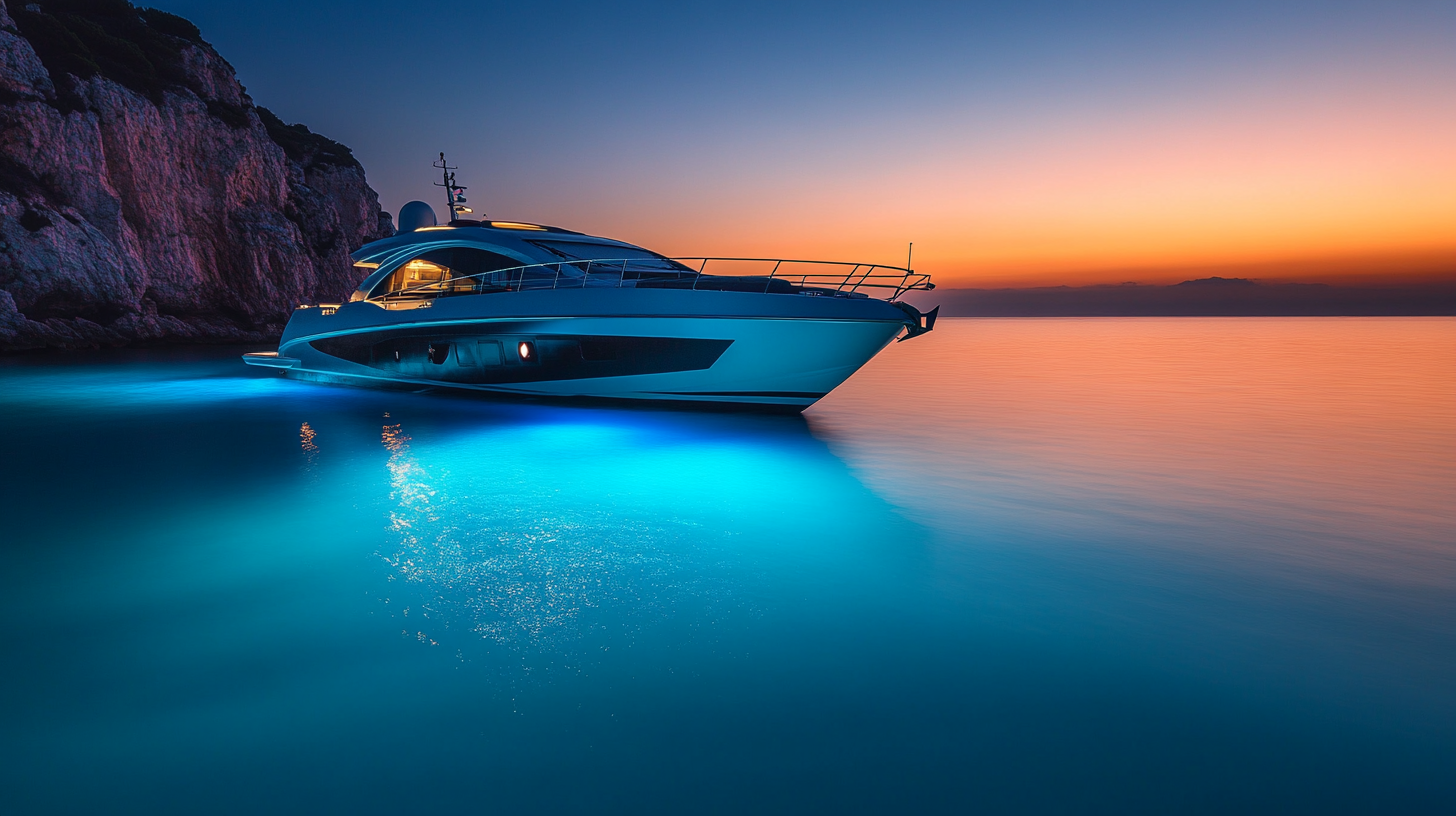Underwater pool lights for infinity pools
Adding underwater pool lights to infinity pools not only transforms them into stunning nighttime attractions but also comes with numerous practical advantages. One of the standout benefits is the enhanced ambiance these lights provide. As the soft glow dances on the water’s surface, it creates a mesmerizing visual effect that perfectly complements the seamless horizon feature characteristic of infinity pools. Whether you’re hosting a moonlit poolside gathering or enjoying a quiet evening swim, underwater lighting significantly elevates the mood.
Beyond aesthetic appeal, these pool lights also play a crucial functional role by improving safety. After dark, underwater lighting ensures that swimmers can see clearly below the surface, reducing the chance of accidents. This is especially important for infinity pools, which often have more complex designs and edges that blend with their environment. By illuminating these areas, the risk of mishaps is significantly minimized, giving you peace of mind.
No matter how simple or extravagant the pool design may be, introducing underwater lighting into your infinity pool adds a level of sophistication that isn’t achievable with traditional lighting. Plus, the ability to choose from various colors and effects provides the flexibility to match the lighting to different occasions or personal preferences.
Types of underwater pool lights
When it comes to underwater pool lights, the variety available ensures you can find an option that perfectly complements your infinity pool’s design and your personal taste. One popular choice is LED pool lights. Known for their energy efficiency and vibrant range of colors, LED lights have become the go-to option for many pool owners. They tend to last much longer than traditional incandescent lights, making them a cost-effective investment in the long run. With LEDs, you’ll have the ability to switch between colors or set light patterns to create stunning effects in your infinity pool, from a soothing blue at dusk to a dramatic shift to multicolor changes during a party.
Another option is fiber optic lighting, which is perfect if you’re looking for a more subtle glow. Fiber optic lights are installed outside the pool and project into the water through small points, creating a less intrusive, but still visually striking lighting effect. Because the system is isolated from the water, it’s an excellent choice for those prioritizing safety and low maintenance. Although they may not emit as much light as LED options, the twinkling effect they produce can evoke a more serene, starry look, making them ideal for infinity pools situated in peaceful, nature-surrounded settings.
For a more budget-conscious swim, incandescent lights are the traditional option. While they don’t offer changes in color like LEDs or the subtle ambiance of fiber optics, they produce a warm, inviting light that lends a classic elegance to your pool. Incandescent lights are usually a bit brighter than fiber optics but fall behind LEDs in energy efficiency and longevity. They’re still a tried-and-true option if straightforward lighting is what you’re after.
Lastly, those wanting to make a splash can look into halogen pool lights, which are an upgrade from incandescent lighting in terms of brightness. However, one downside is that they generate more heat and have a shorter lifespan compared to LED alternatives. That said, halogen lighting can offer a luminous shine that highlights the sleek edges of infinity pools, especially in larger pool designs where broader illumination is needed.
Ultimately, the best type of underwater lighting depends on what kind of mood you want to create in your infinity pool and how much you’re willing to invest in energy efficiency and maintenance over time. Whether you’re seeking a cozy, warm glow for intimate evening swims or the full spectrum of colors for entertainment, the right choice of pool lights can make your infinity pool an unforgettable experience both by day and night.
Installation considerations for infinity pool lighting
When designing the underwater lighting system for your infinity pool, proper installation is key to achieving both the desired visual effect and safe operation. The unique structure of infinity pools presents certain challenges compared to standard pool designs, so it’s crucial to consider these specific factors during installation. Starting with the placement, one of the primary objectives is to highlight the pool’s vanishing edge. By positioning lights strategically in this area, you not only showcase the pool’s seamless transition into the horizon but also ensure that the “infinity” effect is equally stunning at night. Lights here can also help illuminate the spillover area, which is often darker after sunset.
You’ll also want to think about how the lighting interacts with the reflective surface of the water. Underwater lights should be placed to direct their beams upwards and outward for optimal effect. A common mistake is to install too many lights or position them in a way that causes glare, which diminishes the tranquil, soothing ambiance that infinity pools are known for. Spacing pool lights evenly along the contour of the pool ensures balanced illumination, creating a uniform glow without lighting hot spots or dark patches.
The type of material your pool is made from can impact the installation process as well. For example, if your infinity pool uses a darker finish, such as black or dark blue tiles, you may need brighter or a higher concentration of lights to achieve the same visual effect as you would in a pool with a lighter finish. Another factor to consider is the proximity of nearby structures or landscaping — these can cast shadows or reflect light in ways that affect how your underwater pool lights look. Position lights away from areas where you don’t want harsh shadows and consider how any nearby plants or structures will interact with the lighting at night.
Another crucial point to address is wiring and accessibility. Because the lights are submerged, it’s essential to choose electrical components that are specifically designed to withstand long-term exposure to chlorine, saltwater, or other pool chemicals. This means using waterproof junction boxes and ensuring that the cables are protected against both water and sunlight deterioration. You’ll also want to position any transformers or external power sources where they’re easy to access for maintenance but safely away from standing water. Additionally, make sure that all elements of the system meet the necessary safety standards and local building codes, particularly when it comes to grounding and bonding.
For those who prefer to add LED or fiber optic lighting, these setups typically involve advanced control systems that allow you to change colors or set different lighting sequences. Plan ahead for where control panels or remote systems will be installed, ideally in a location that’s conveniently close to the pool area but away from moisture exposure. Many high-end systems now offer app controls, allowing you to manage the lighting from your smartphone, adding a new layer of customization and convenience. Therefore, you’ll need to ensure Wi-Fi or Bluetooth compatibility for remote operation if this is the route you’re taking.
If you’re not particularly savvy with electrical work, it’s highly advisable to hire a professional for installing underwater lights in your infinity pool. Improper installation can not only affect the pool’s appearance but also lead to potential safety hazards. A certified pool electrician will know exactly how to balance both the visual display and the technical requirements for your infinity pool’s unique design. After installation, it’s recommended to test the underwater lighting system at night to check for uniform brightness, identify any glare issues, and ensure the control systems are working correctly.
Energy efficiency and maintenance
Energy efficiency plays a significant role when choosing the ideal underwater lighting system for infinity pools. One of the main reasons many pool owners opt for LED pool lights is the remarkable energy savings they offer. LEDs consume far less electricity compared to halogen or incandescent lights, while still providing equivalent—and often superior—brightness. This lower energy usage translates to substantial cost savings over time, particularly for infinity pools with multiple or high-powered lighting systems. Comparatively, halogen bulbs use more energy and generate more heat, which not only raises energy consumption but can also increase the surrounding pool temperature, indirectly impacting your pool’s overall heating system requirements.
Beyond energy consumption, the longevity of LED lights further boosts their efficiency. LED underwater lights typically last between 25,000 and 50,000 hours, depending on usage and brand quality. In stark contrast, incandescent lights generally last only around 1,000 to 2,000 hours, requiring frequent replacements and maintenance, which can be costly in infinity pools where unreachable edge features and submerged areas make light replacement time-consuming. Halogen bulbs, while more efficient than incandescent ones, still have a shorter lifespan than LEDs, clocking in at approximately 2,000 to 4,000 hours of use before needing a refresh. Since infinity pools often have intricate designs, including structures like vanishing edges, minimizing maintenance checks—which can require draining the pool or complex access—is highly beneficial.
The chart below compares the key metrics of various types of pool lights:
| Type of Pool Light | Estimated Lifespan (Hours) | Energy Consumption | Typical Maintenance Frequency |
|---|---|---|---|
| LED Lights | 25,000 – 50,000 | Low | Very Low |
| Halogen Lights | 2,000 – 4,000 | Moderate | Moderate |
| Incandescent Lights | 1,000 – 2,000 | High | High |
| Fiber Optic Lights | Typically indefinite (light source external) | Very Low / External Source | Low |
The efficiency of fiber optic lighting systems differs from directly installed lighting like LEDs or halogens. Since fiber optics don’t have submerged bulbs—and instead rely on external light sources—the maintenance required is minimal, making them an excellent low-maintenance option. The main concern with fiber optic lights is the maintenance of the external light box, but repairs to that component are much easier than relamping submerged bulbs.
When it comes to the actual upkeep, many modern LED systems are designed to be highly durable, requiring little hands-on maintenance. They’re resistant to chlorine, saltwater, and other chemicals commonly used in pools, making them ideal for the specific conditions inside an infinity pool. Although halogen and incandescent lights can function in similar environments, their ongoing exposure to high heat or moisture means they can degrade more quickly than LED counterparts. Due to these potential vulnerabilities, traditional light sources often require more frequent inspections and replacements—which can be especially cumbersome for infinity pools that have extended or hard-to-reach pool perimeters.
Another factor for consideration is the ease of control and troubleshooting. Many LEDs and fiber optic systems are designed with smart control features, such as automation and remote access, often via smartphone apps or timers. This allows for more precise control over operation schedules, helping to optimize energy usage during non-peak hours. Such systems can even be programmed to dim or intensify the lights based on the outdoor lighting, making them more adaptable to changing environments. On the contrary, older or more basic light systems, such as halogen and incandescent, don’t typically offer this level of control, making them less flexible in managing energy consumption.
Finally, preventive maintenance is key to preserving pool lighting’s efficiency and functionality. While LED lighting does not typically demand much upkeep beyond occasional bulb replacement, it’s advisable to check for wear and tear in the pool’s transformers or control systems at least once a year. Keeping your underwater lighting system clean from sediment and mineral buildup—particularly important in pools that are connected to water features or situated near natural elements—is also crucial to maximizing the light’s output over time. Saltwater-based infinity pools, in particular, may require regular checks to ensure that the lighting system’s housing is intact and corrosion-resistant.
Altogether, selecting energy-efficient underwater pool lights and managing their proper maintenance can significantly extend the life of your pool lighting while lowering operational costs. Enhanced automation features found in the latest LED and fiber optic options provide additional layers of both savings and convenience, allowing infinity pool owners to enjoy a well-lit, immersive pool setting without the stress of frequent upkeep.
Enhancing visual appeal and safety
When discussing infinity pools, it’s hard to ignore the amazing potential that pool lights have for creating an immersive, awe-inspiring atmosphere—while also addressing practical needs. Strategically placed underwater lighting not only highlights the sleek design of an infinity pool but also brings a sense of safety and visibility, especially after dark. Few things are as captivating as the way light plays on the surface of an infinity pool, especially when the pool blends seamlessly with the surrounding landscape or ocean horizon. With the right underwater lighting, the entire pool appears to glow, creating a peaceful oasis that’s just as beautiful at night as in daylight.
Beyond aesthetics, underwater pool lights also have a critical role in enhancing safety. Infinity pool designs, with their vanishing edges and often deeper sections, can make navigation during nighttime swims slightly trickier than in a standard pool. Accidents can happen when swimmers struggle to see the edges of the pool or the changing depths beneath them. Well-placed underwater lights reduce these risks by clearly illuminating both the pool’s perimeter and the water’s clarity, making it easier to identify different pool sections or steps regardless of the time of day.
Moreover, many modern lighting systems are programmable, offering fun and dynamic ways to complement the surrounding environment of your infinity pool. Imagine hosting a party where the colors of the underwater lights morph from serene blues to festive shades of purple, pink, and green with just the press of a button. Even outside of gatherings, these adaptive lighting systems enhance leisure time. Whether you’re having a relaxing evening swim or cooling off after a summer day, the customizable lighting patterns can set the perfect mood.
Good lighting can also bring attention to the finer details of your infinity pool’s design, such as water features or textured walls. LED and fiber-optic lighting systems let you control the focus around these architectural highlights, animating your pool area throughout the night and elevating its visual appeal. For instance, accenting the spillover edge with underwater lights emphasizes the magical, overflowing water effect that’s unique to infinity pools, making the entire pool feel like a work of art.
In terms of overall design, you can also opt for lights that are recessed into the pool’s structure for a cleaner, more integrated look. These hidden lights not only provide ample illumination but also reduce the amount of light pollution in your outdoor space, meaning you won’t take away from any scenic views around your infinity pool. This allows your pool area to be immersed in gentle illumination without overpowering the surrounding ambiance.
Whether you’re looking to create a sense of tranquility, amp up the entertainment factor, or simply keep your infinity pool as functional and safe as possible, underwater lighting is an essential feature that achieves all three. By blending form and function, you’ll end up with a pool that’s both visually captivating and secure for nighttime swims, all while maintaining that unparalleled infinity pool mystique that draws everyone in.


